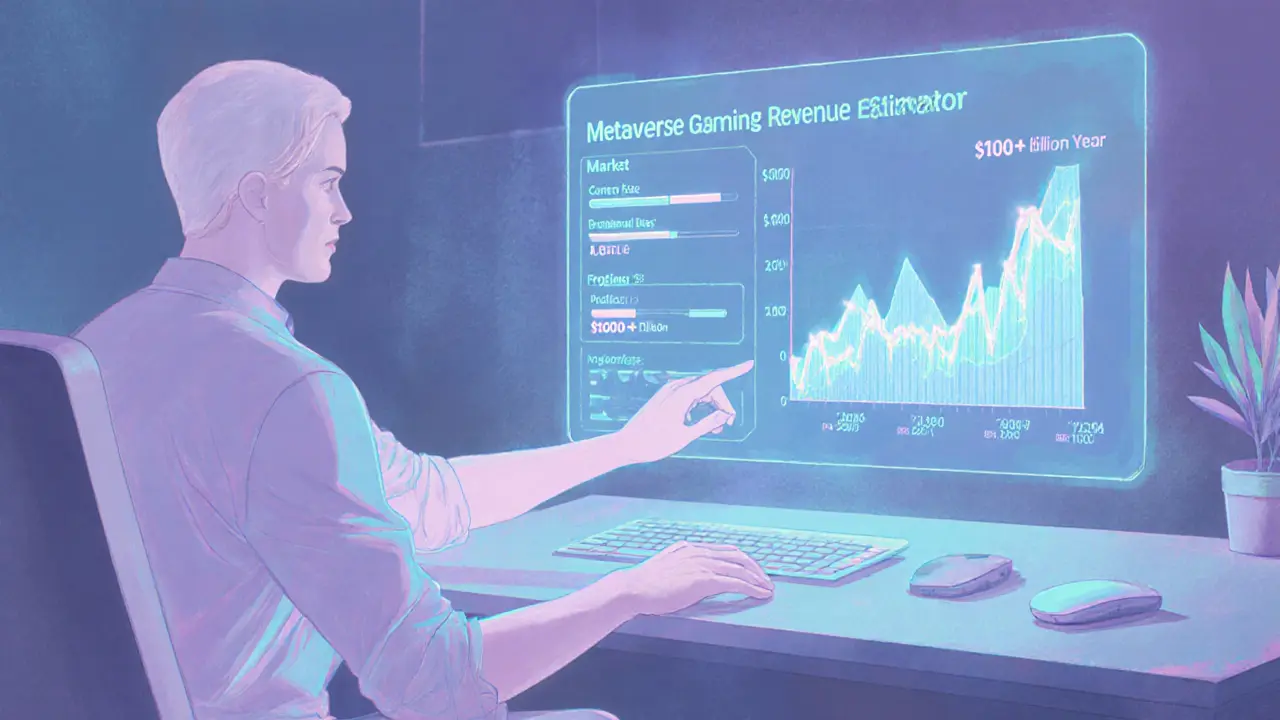Metaverse Gaming
When you step into Metaverse Gaming, the blend of virtual worlds, gaming mechanics, and persistent digital economies that let players interact in shared 3D spaces. Also known as virtual gaming universes, it brings together several cutting‑edge fields. Metaverse Gaming encompasses Virtual Reality, head‑mounted displays and motion tracking that create immersive, three‑dimensional experiences, relies on Blockchain Gaming, decentralized platforms where ownership of in‑game assets is recorded on a public ledger, and is powered by NFTs, unique tokens that certify digital scarcity and enable true player‑owned items. Together they shape Immersive Entertainment, a broader cultural shift where games, concerts, and social hangouts blend into a single persistent experience. In short, the metaverse demands both high‑fidelity graphics and secure asset layers, making it a unique convergence of tech and creativity.
Key components driving the rise
The first driver is the hardware boom. Modern VR headsets now offer 4K resolution per eye, inside‑out tracking, and wireless freedom, lowering the entry barrier for casual gamers. This hardware progress fuels demand for richer game worlds, which in turn pushes developers toward blockchain solutions. When a game uses blockchain, players can truly own skins, weapons, or even virtual land, and they can trade these items on open markets without the game publisher’s permission. NFT marketplaces have already processed billions of dollars in sales, proving that digital collectibles can have real economic weight. Another catalyst is the rise of decentralized finance (DeFi) tools built into games, allowing players to stake tokens, earn yields, or borrow against in‑game assets. This financial layer transforms pure entertainment into a play‑to‑earn model, attracting both gamers and investors. Finally, social features—live concerts, virtual meet‑ups, and user‑generated content—turn the metaverse into an all‑in‑one platform, blurring the line between gaming and everyday digital life.
All these pieces point to a market that’s expanding faster than traditional gaming. Analysts predict that global revenue from metaverse‑related experiences could top $200 billion within the next five years. For anyone looking to break into the space, the skill set now includes 3D modeling, smart‑contract development, and community management. Companies are hiring designers who can craft photorealistic avatars, engineers who can write Solidity code for secure token contracts, and marketers who understand how to grow decentralized communities. Whether you’re a player curious about new worlds, a developer hunting the next big platform, or an investor weighing opportunities, the collection below offers deep dives into each of these areas. Let’s explore the trends, technologies, and career paths shaping the future of Metaverse Gaming.

Explore the rise of metaverse gaming, key technologies, top platforms, blockchain impacts, market growth, career paths, and future challenges in immersive entertainment.
Jonathan Jennings Dec 19, 2024




